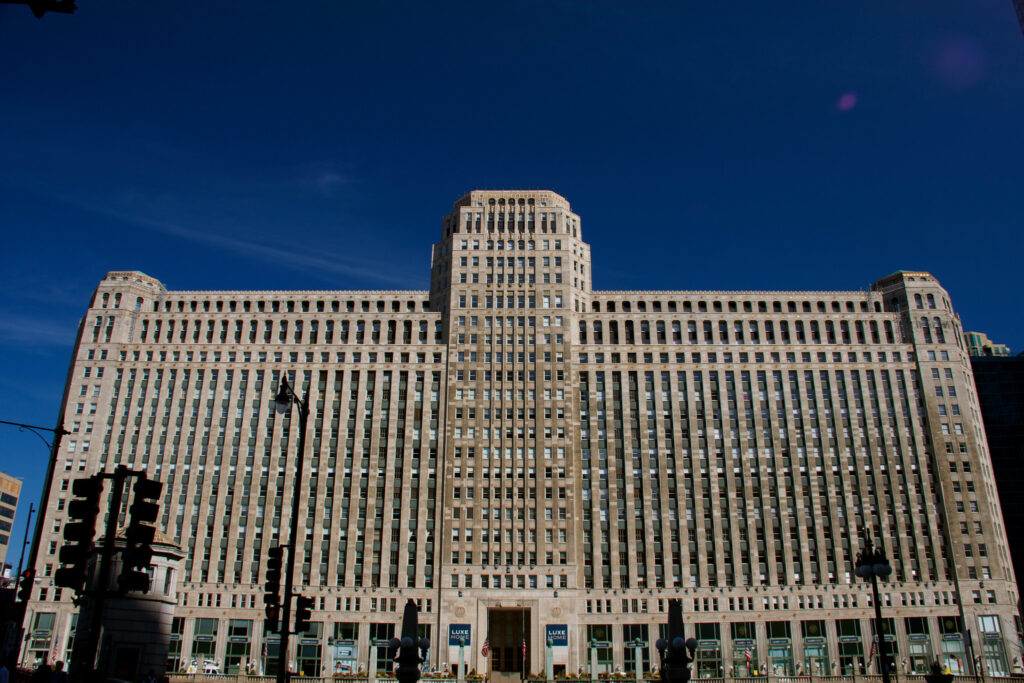Reflecting on some of our Greenbuild conversations last week, I’ve been thinking a lot about landfills and why landfill diversion is important. I wanted to share some of my thoughts with the Rheaply community.
Is landfilling materials that bad?
Yes, but it’s kind of complicated.
As an admirer of big machines and infrastructure technology, I actually think some of the new innovations and mechanics behind the modern-day landfill are kind of neat. “Renewable natural gas” technology (RNG) — a process to collect methane at a landfill and use it to generate electricity — has come a long way. Far enough that large landfill companies are investing $100M+ per facility in large-scale RNG operations.
A lot of the stuff Rheaply diverts on a daily basis are inorganic materials (like furniture and most building products), which break down very slowly in a landfill, taking up space, but not necessarily emitting a ton of GHGs in the process. Organics in the landfill is the biggest issue, which is why alternative solutions like composting and better organics management are so important. Composting and recycling reduce the overall energy consumption associated with waste management. It is generally less energy-intensive to compost organic materials than to incinerate them or transport them to landfills.
Viewed through a skewed perspective, I could see how someone could (and some unfortunately do) make reasonable arguments in favor of landfills as a viable solution.
The issue with landfills
That being said, no landfills today are perfect. It’s very fair to say that most are smelly methane emitters that slowly leach harmful chemicals into their surroundings over time. Landfills require ongoing maintenance, monitoring, and eventual closure and remediation, incurring significant costs. Cleanup efforts can be expensive and time-consuming. The release of toxic substances from landfills can pose health risks to people living in proximity. including respiratory issues, skin problems, and other ailments.
Let’s also not overlook the fact that landfills are almost always located in economically disadvantaged areas, placing our most vulnerable populations at the forefront of their environmental, health and economic repercussions.
Land is a finite resource, and dedicating large areas to landfills can hinder more sustainable land use, such as agriculture, recreation, or urban development. In more densely populated areas, finding suitable locations for new landfills can be challenging. This leads to waste transportation over long distances, further increasing the carbon impact of landfills.
But what if all landfills were perfectly managed and located in affluent neighborhoods? Would we still care about landfill diversion? Or what if, instead of landfills, we made an overnight switch to incinerating all our landfilled materials in upscale waste-to-energy facilities, like they do in Sweden?
I’ve been thinking a lot about what it means to landfill or incinerate — the act of throwing something away or destroying it for energy — and I keep coming back to the value in the landfilled product or material itself, not the landfill as the destination. We as a society are so disconnected from the work that goes into our products that we rarely think twice about burying them in a giant hole in the ground. We undervalue the physical material — and all the work and carbon that goes into producing it, and we undervalue the creative energy and labor that real people put into creating products.
I don’t like landfills because they’re smelly methane emitters.
I don’t like landfills because I think they’re a dumb and lazy materials management strategy.
But I hate landfills because of what they symbolize: that we don’t care enough about our neighbors and our future to make the effort to retain the energy, value, and carbon in the things we make and use.
Let’s hate on landfills together.


